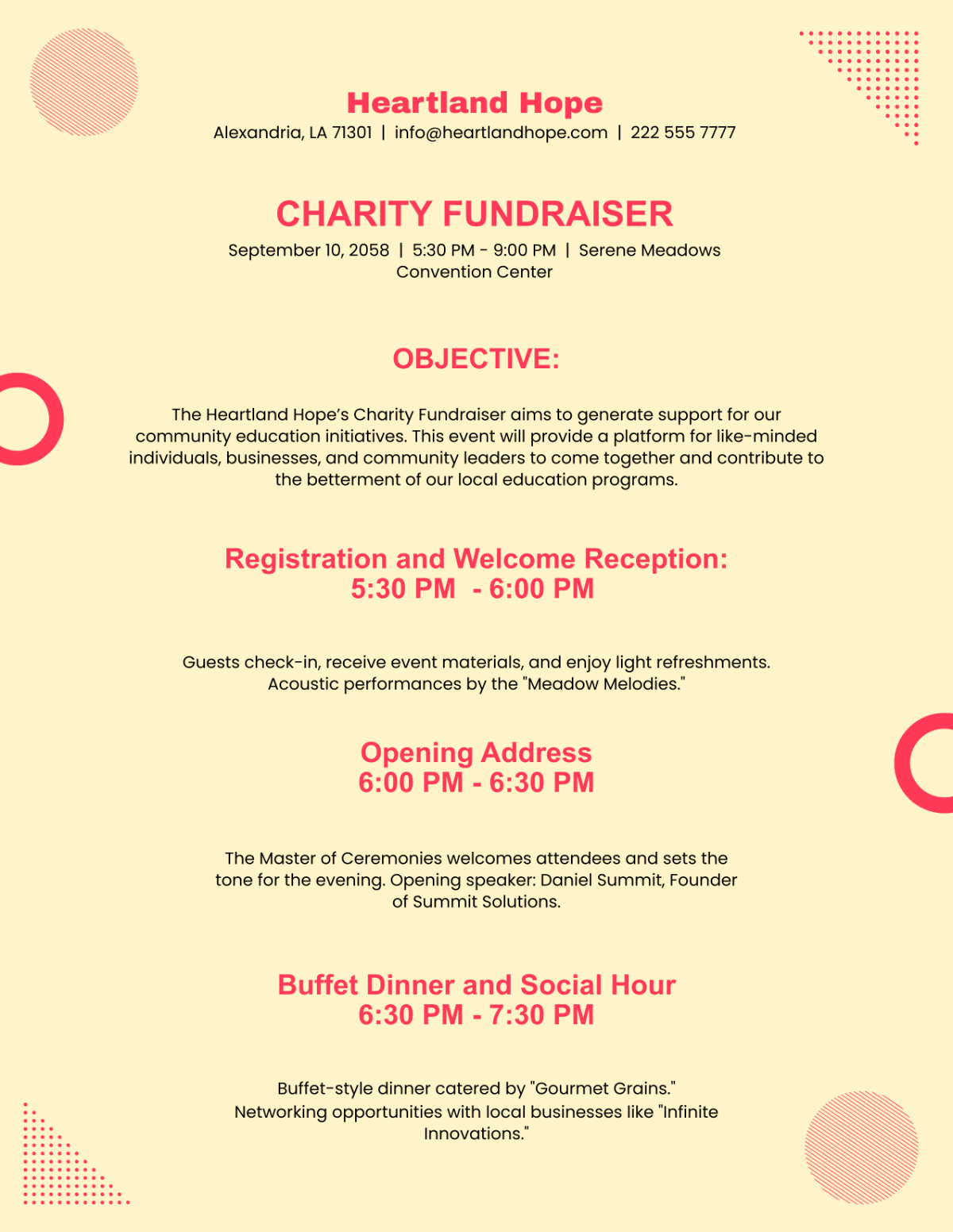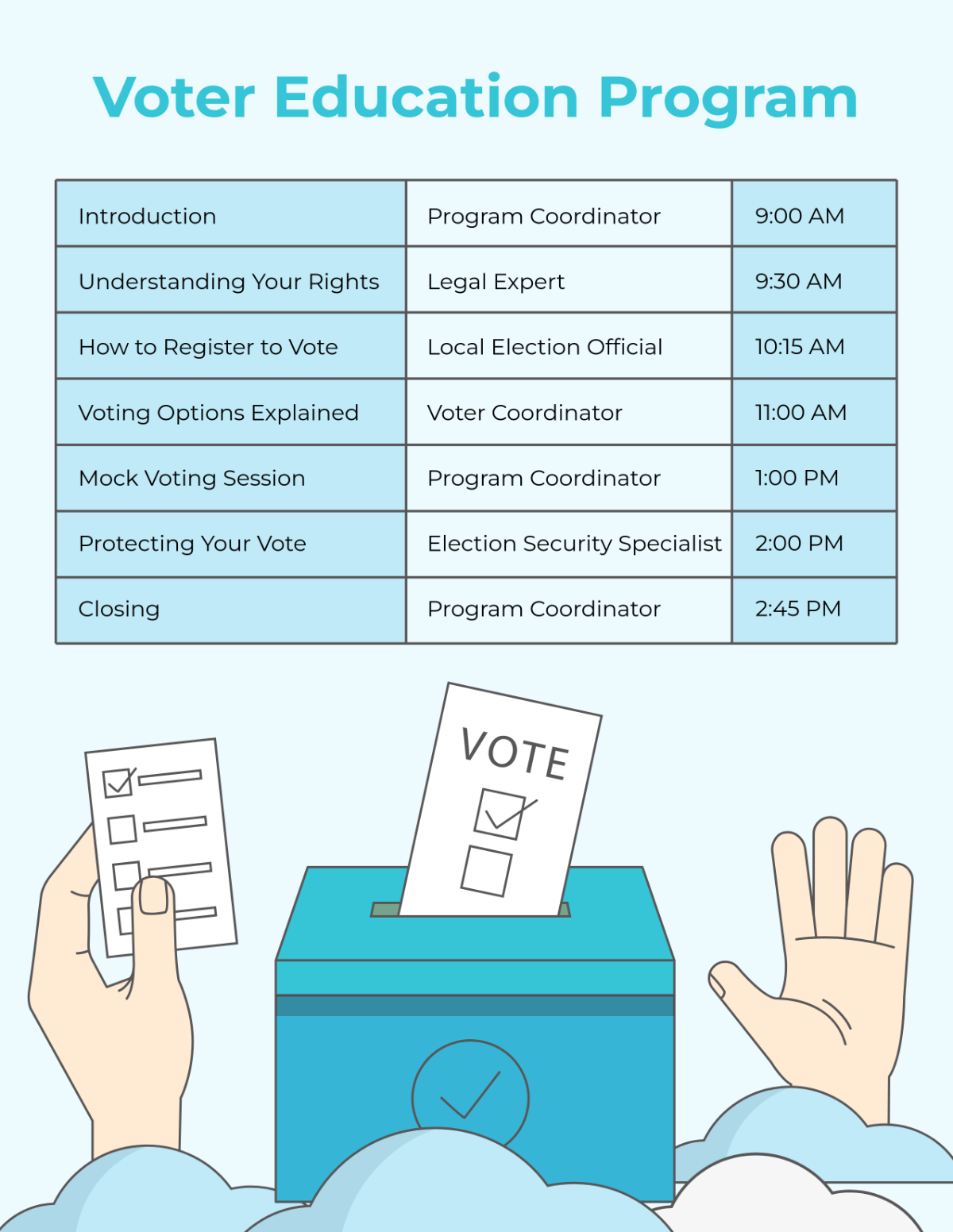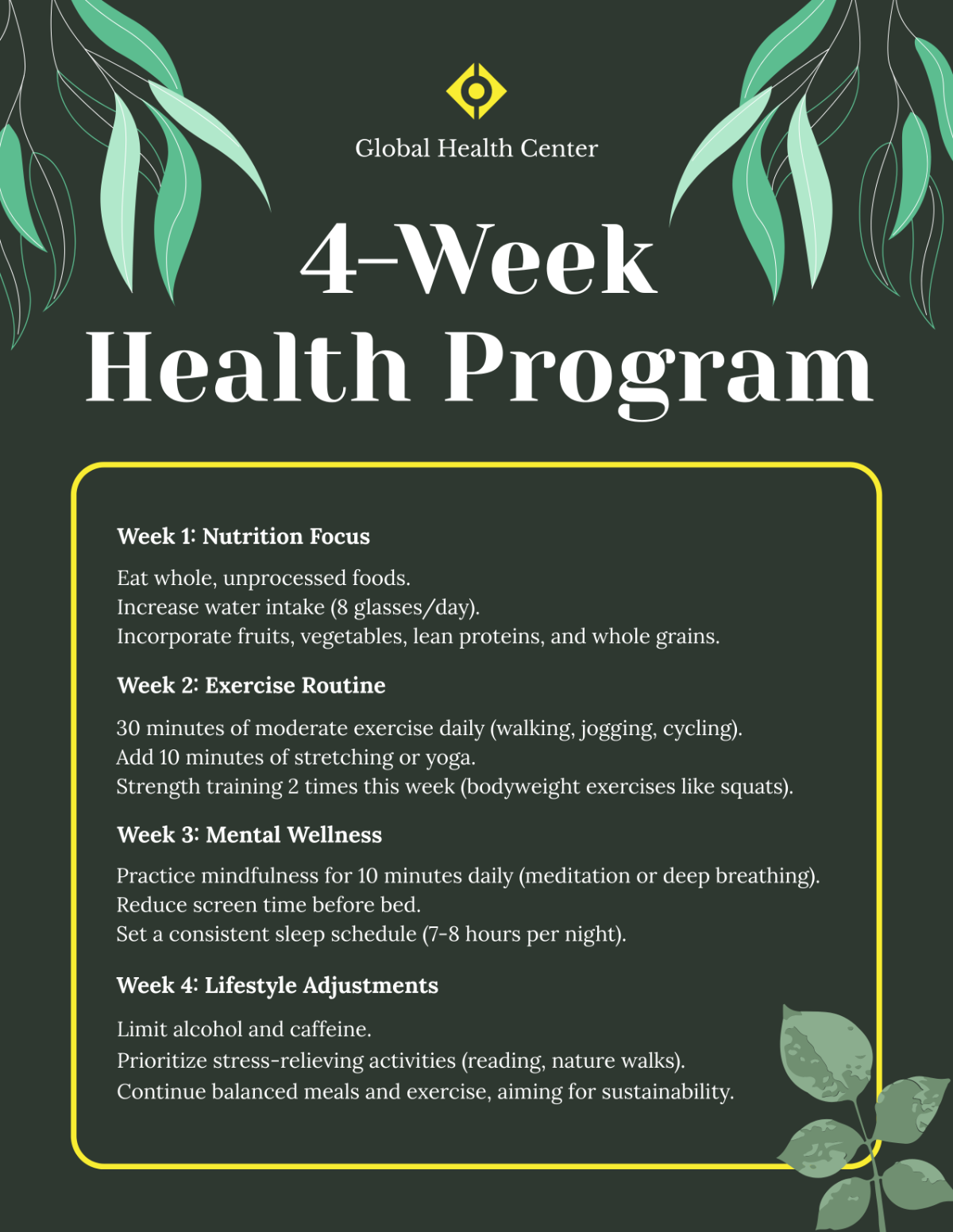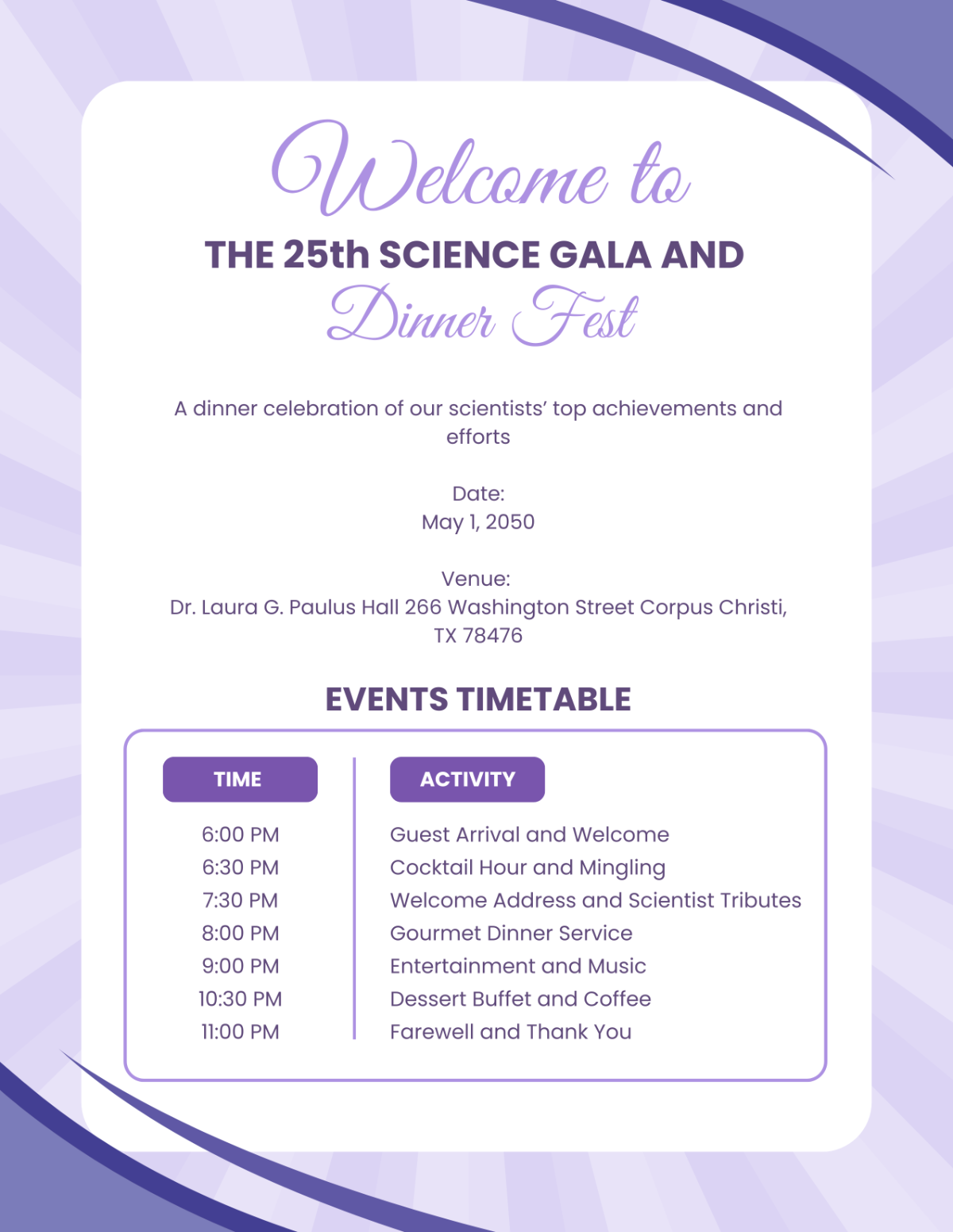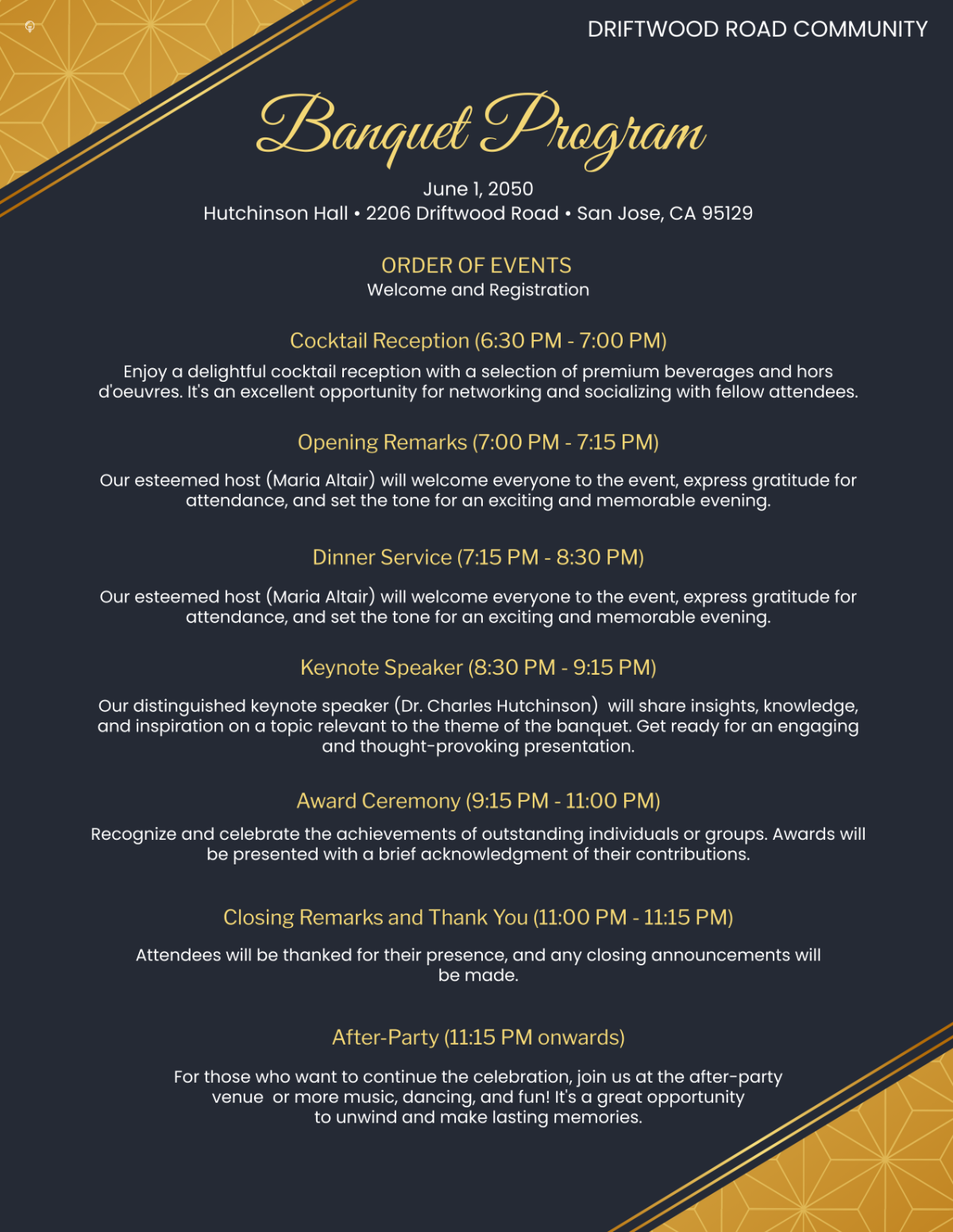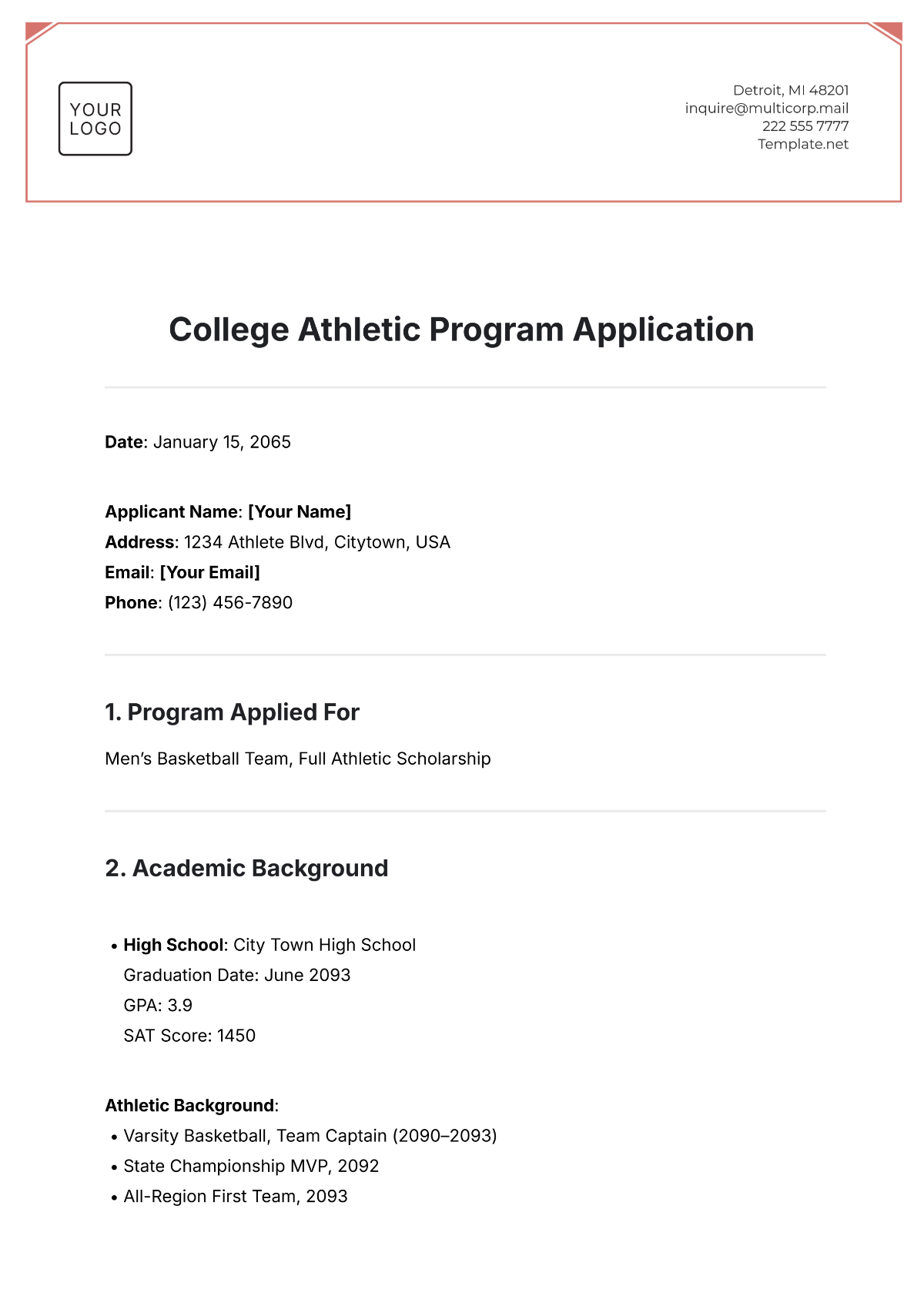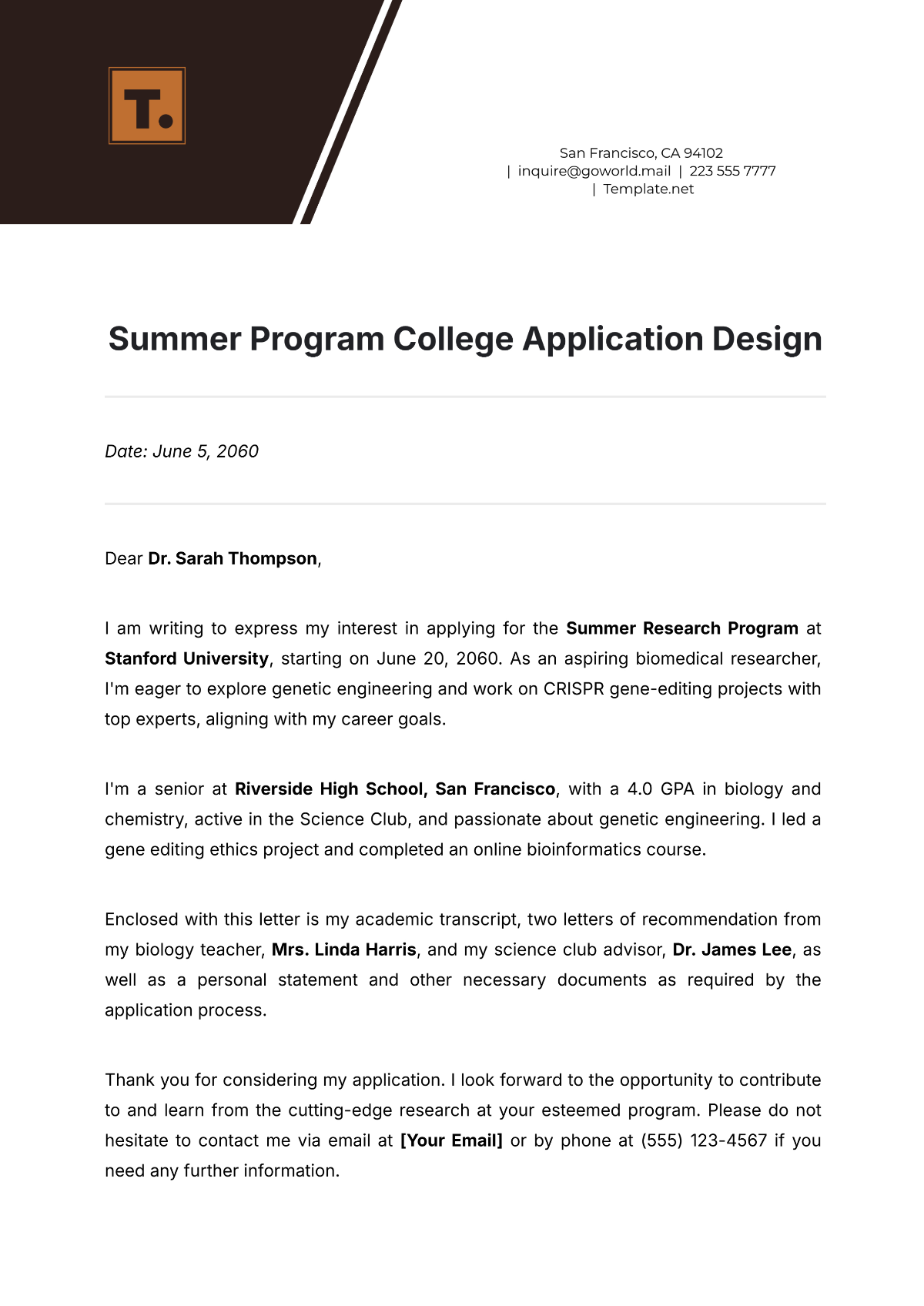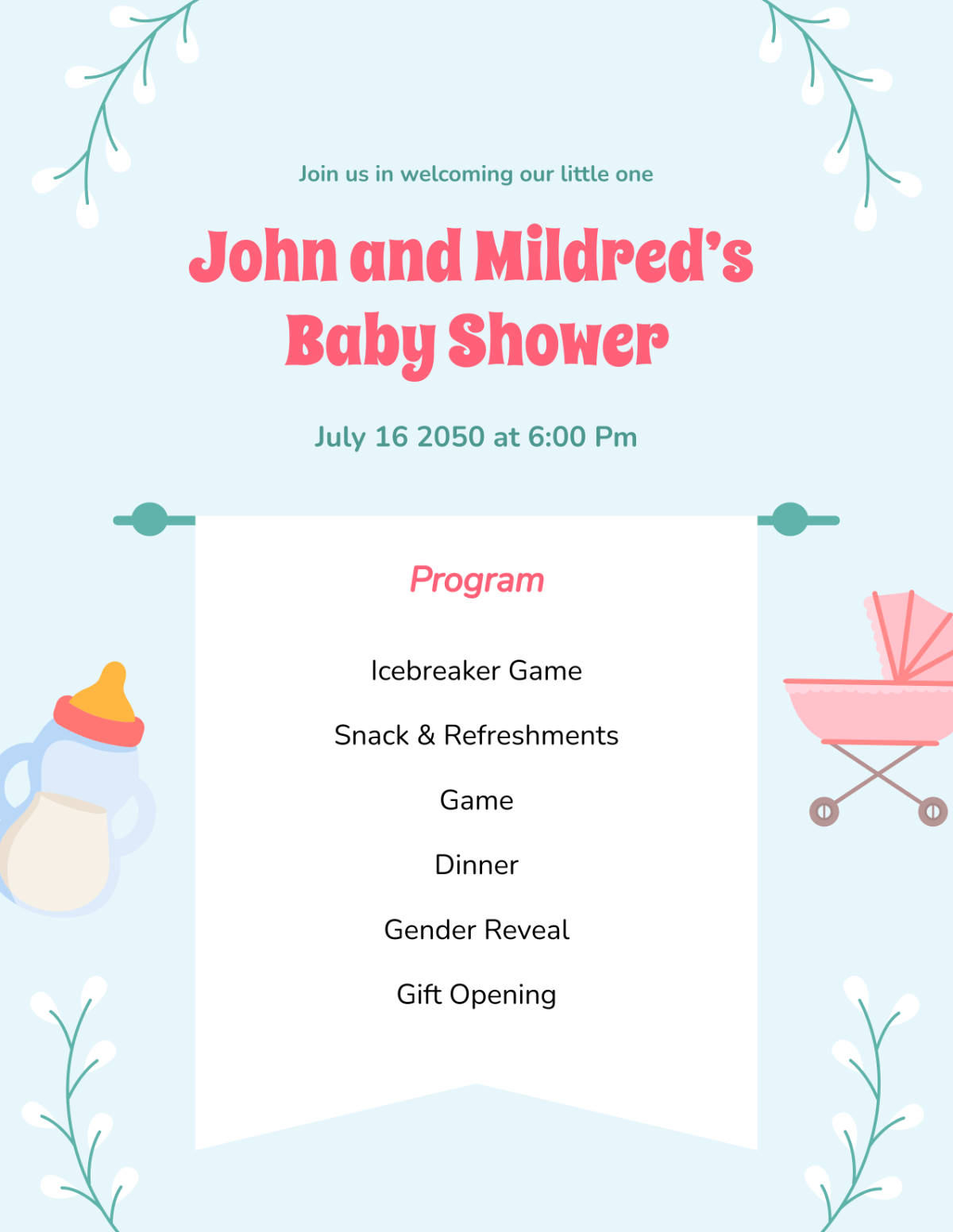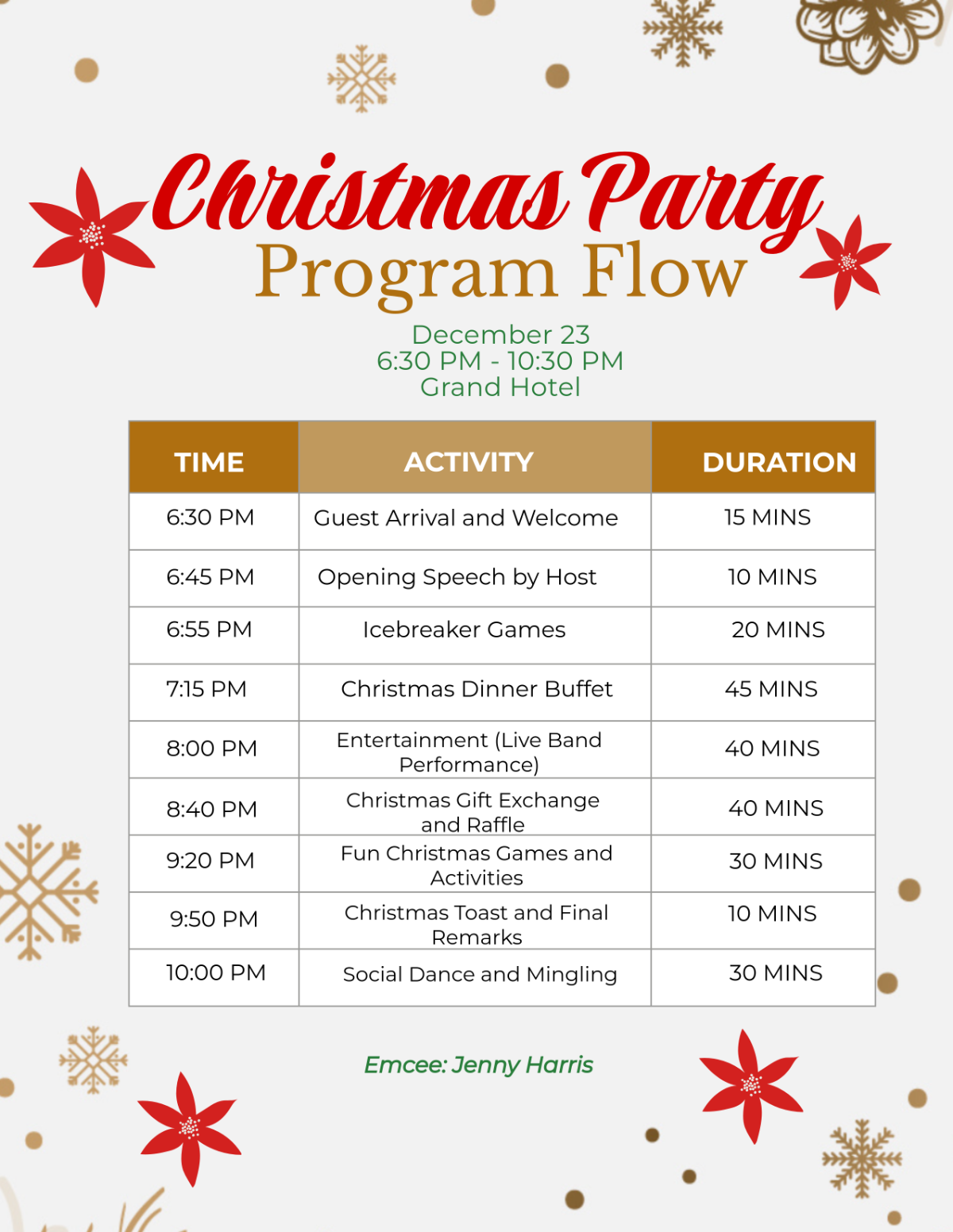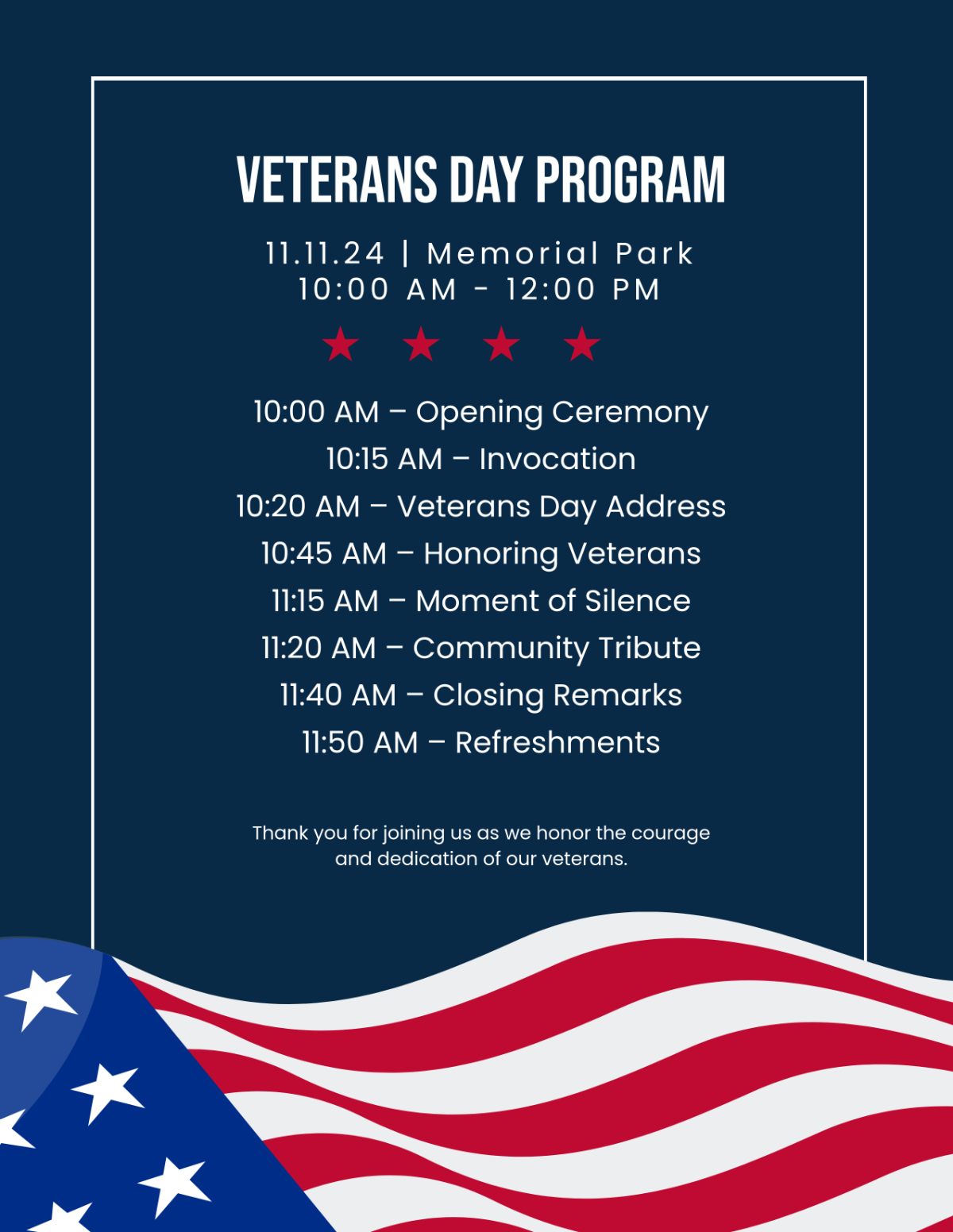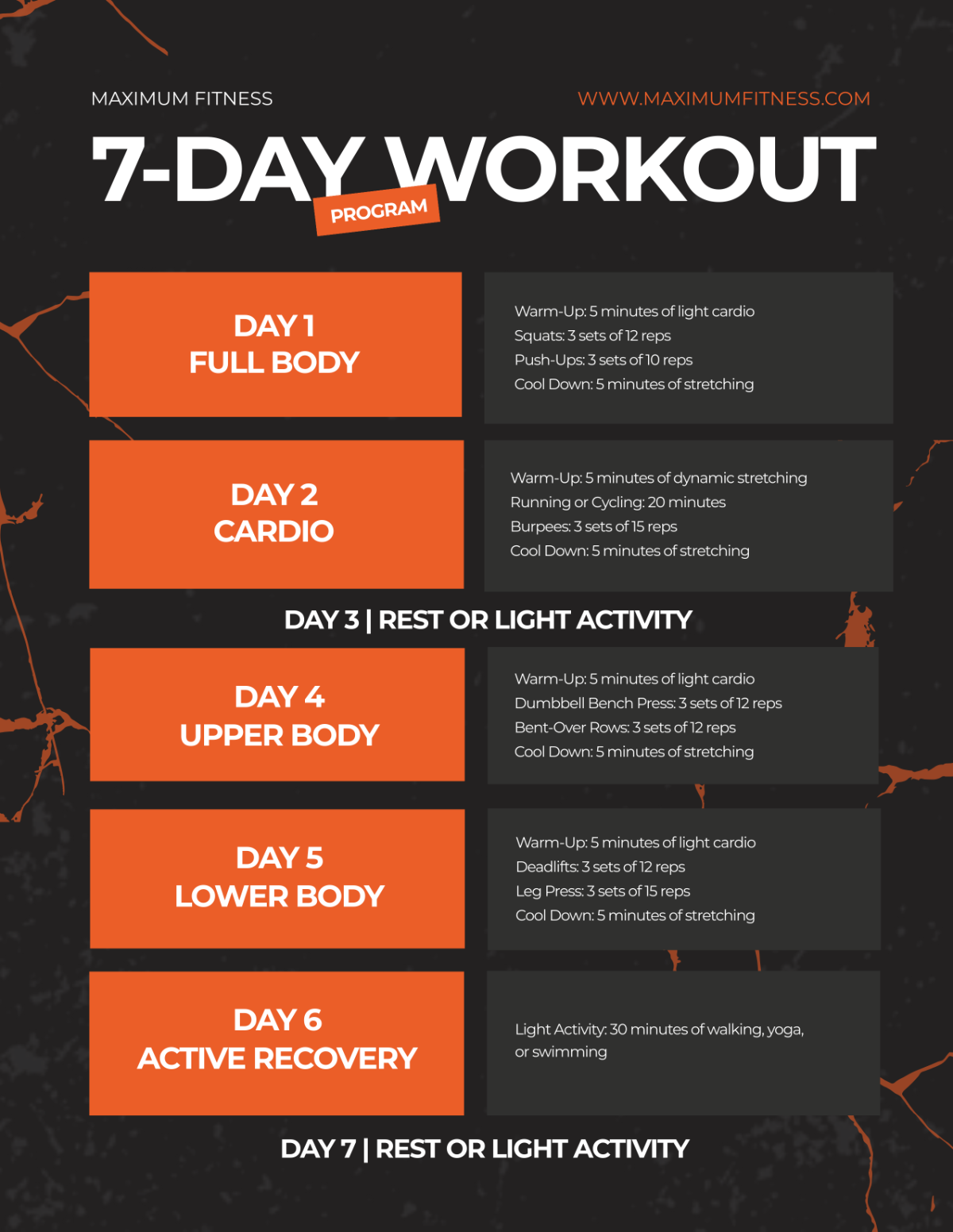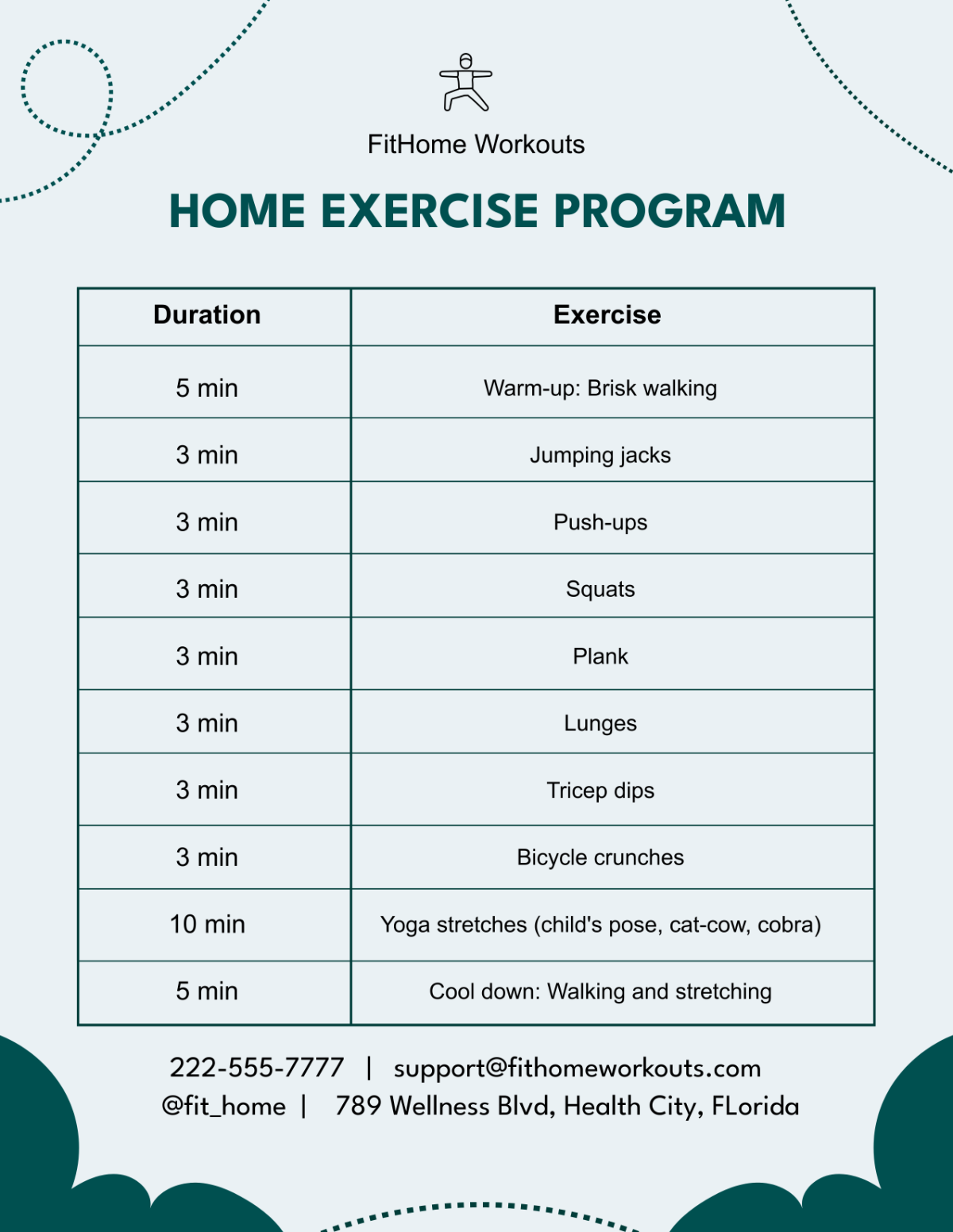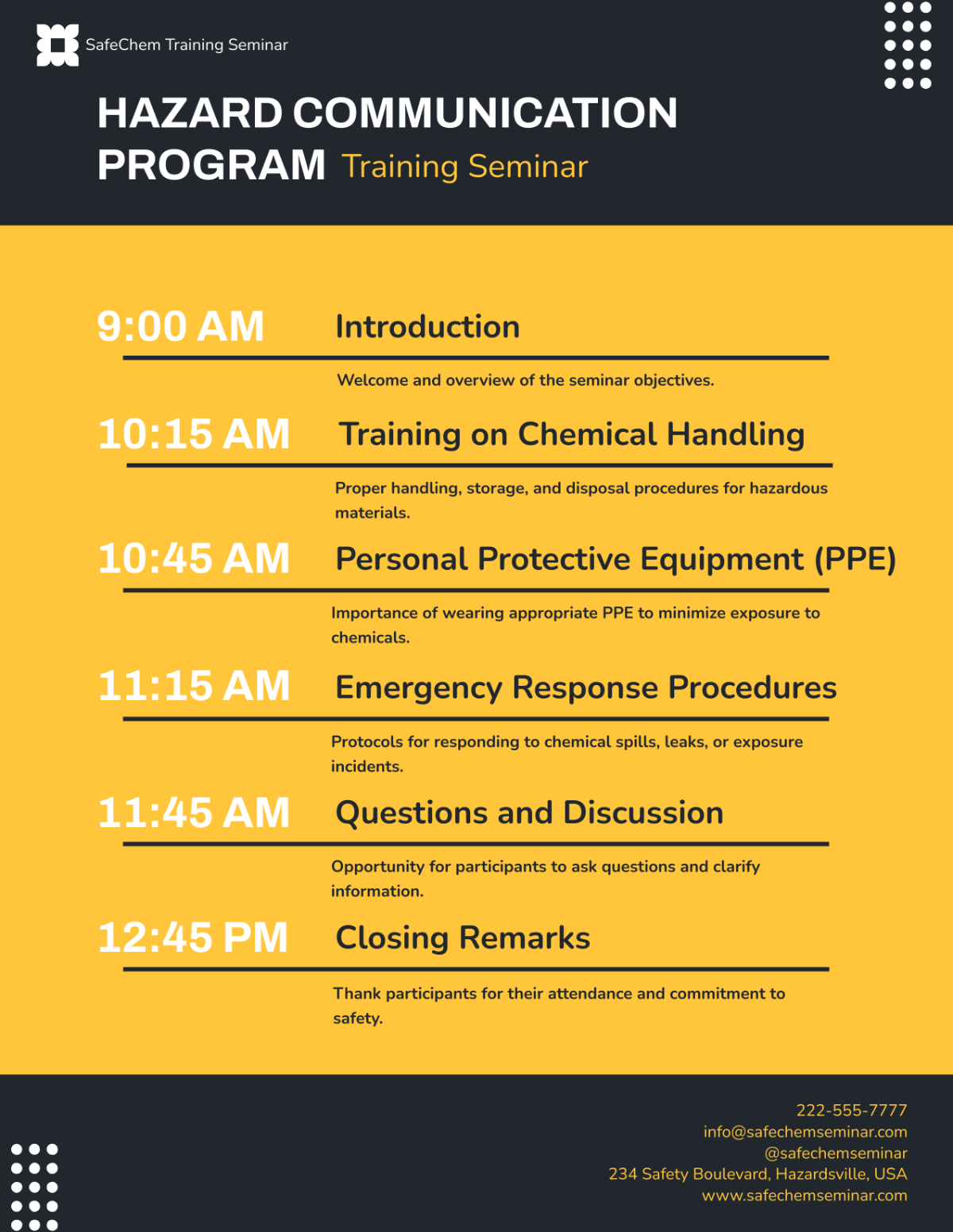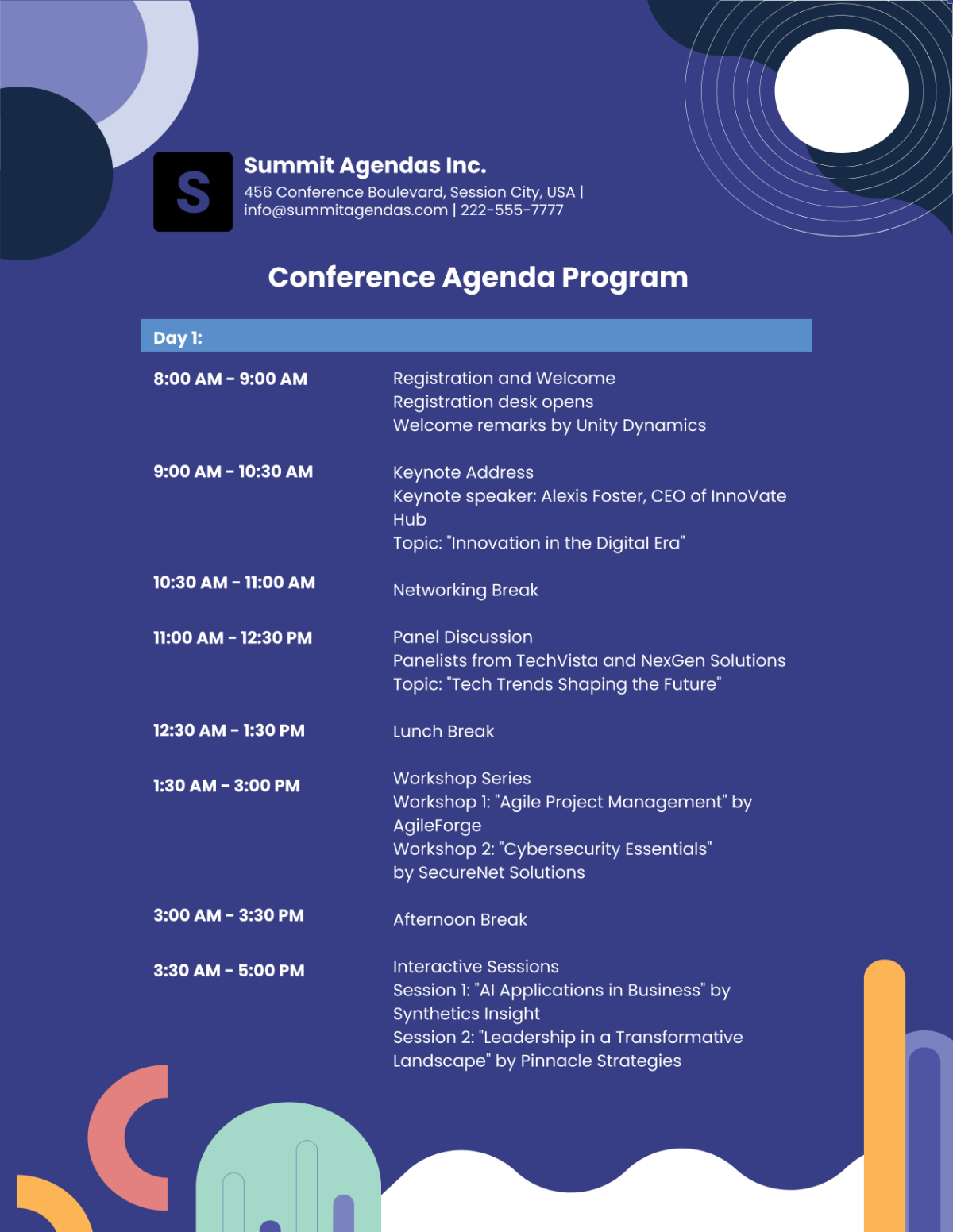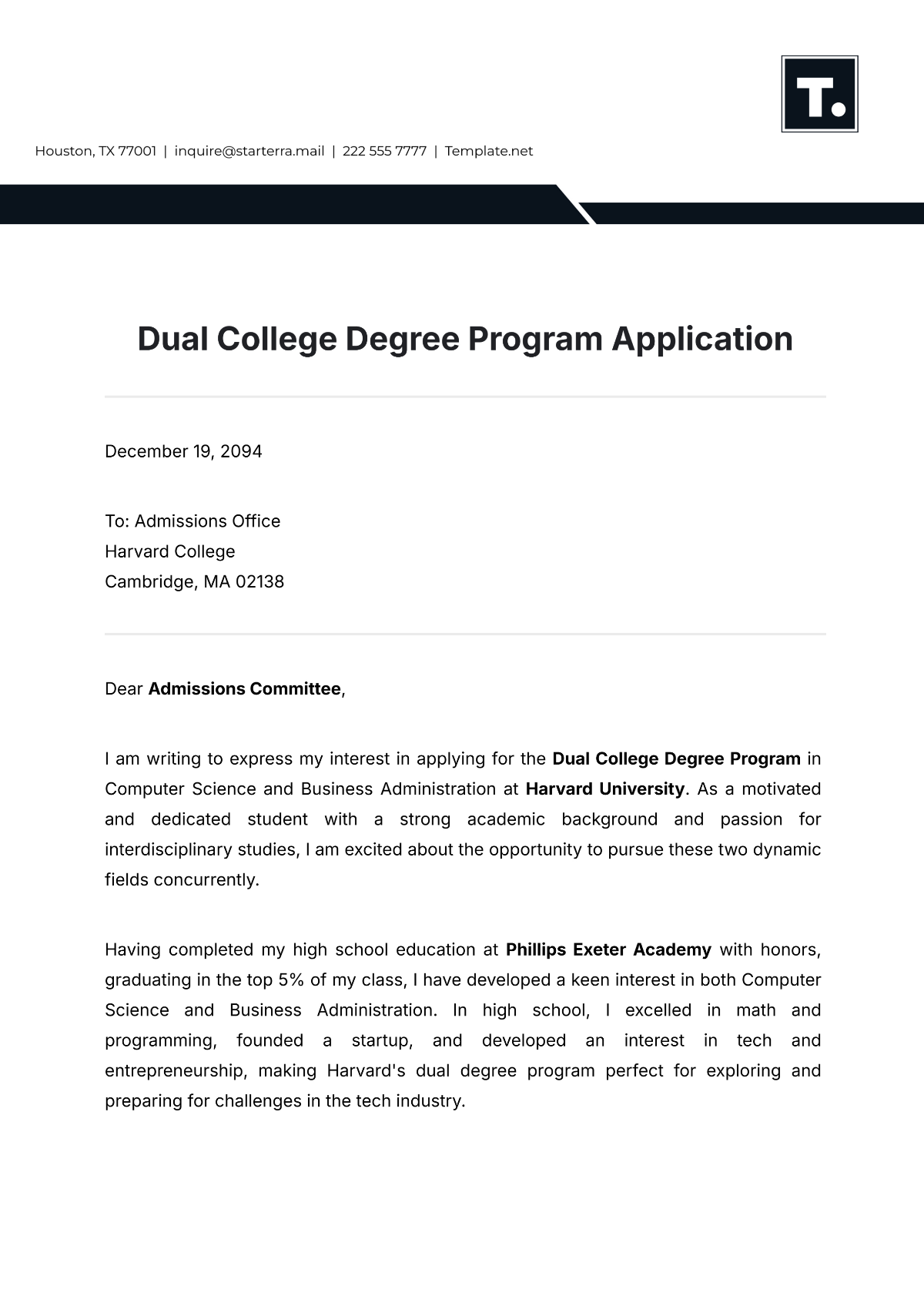Cleaning Services Disinfection Program
I. Introduction
A. Purpose
The purpose of this Disinfection Program is to outline our comprehensive approach to disinfecting client spaces effectively and safely. This program is designed to protect both [Your Company Name] clients and staff from infectious agents by establishing standardized procedures and best practices for disinfection across all services we provide.
B. Scope
This program covers the entire spectrum of our disinfection practices, including the selection of disinfectants, training for our staff, disinfection procedures for various types of facilities, and compliance with health and safety regulations. It applies to all our cleaning operations, encompassing a wide range of environments from offices and homes to healthcare facilities and educational institutions.
C. Importance of Disinfection
Disinfection plays a crucial role in our cleaning services, especially in times of heightened concern about infectious diseases. By effectively eliminating pathogens from environments, we not only ensure the safety and well-being of the occupants but also contribute to the overall public health effort. Our commitment to thorough disinfection practices underscores our dedication to excellence in cleaning services and our responsibility towards the communities we serve.
II. Disinfection Policies and Principles
Our disinfection policies are built on the foundation of industry best practices and the latest guidance from public health authorities. We are committed to using disinfection strategies that are both effective against pathogens and safe for people, surfaces, and the environment. Our approach is informed by scientific research and regulatory standards, ensuring that our services meet the highest quality and safety benchmarks.
Distinction Between Cleaning, Sanitizing, and Disinfecting
It's essential to understand the differences between cleaning, sanitizing, and disinfecting to implement each process correctly. Cleaning involves removing dirt and impurities from surfaces but does not necessarily kill germs. Sanitizing reduces the number of germs to a safe level as judged by public health standards, while disinfecting kills nearly 100% of germs on surfaces using chemicals. Our program focuses on disinfecting as a critical step in the cleaning process, especially in areas where the risk of infection is high.
Using EPA-Registered Disinfectants
To ensure the safety and effectiveness of our disinfection practices, we use only Environmental Protection Agency (EPA)-registered disinfectants. These products have been rigorously tested and proven to be effective against a broad spectrum of pathogens, including viruses, bacteria, and fungi. By adhering to the EPA's guidelines for registered disinfectants, we not only comply with regulatory standards but also provide peace of mind to our clients, knowing their spaces are being treated with the utmost care and professionalism.
III. Training and Competency
To ensure our staff is well-equipped with the knowledge and skills required for effective disinfection, we have established a comprehensive training program. This program covers the principles of disinfection, proper use of disinfectants, and specific procedures for various environments. Competency assessments follow the training sessions to verify understanding and proper execution of disinfection techniques.
Program Topic | Duration | Frequency |
Principles of Disinfection | 2 hours | Annually |
Safe Use of Disinfectants | 1 hour | Annually |
Disinfection Techniques | 2 hours | Bi-annually |
Specialized Disinfection for Healthcare Facilities | 3 hours | Annually |
Handling and Storage of Disinfectants | 1 hour | Annually |
PPE Use and Safety | 1 hour | Annually |
IV. Disinfection Procedures
A. Routine Tasks
Routine disinfection tasks are integral to maintaining a safe environment:
Dilute disinfectants according to manufacturer instructions for general use.
Wipe down all accessible surfaces with disinfectant.
Allow surfaces to air dry to ensure disinfectant has adequate contact time.
Dispose of used materials properly, such as disposable wipes and PPE.
Perform hand hygiene before and after disinfection tasks.
B. Deep Disinfection
Deep disinfection is performed periodically or in areas of known exposure:
Prepare the area by removing clutter and debris to allow thorough access.
Use an EPA-registered disinfectant suitable for the type of pathogen present.
Apply disinfectant using electrostatic sprayers for comprehensive coverage.
Ensure that all areas are ventilated during and after the procedure.
Follow the product's contact time recommendations.
C. High-Touch Surfaces
Disinfecting high-touch surfaces requires special attention due to their role in disease transmission:
Identify high-touch surfaces, like doorknobs, light switches, and buttons.
Disinfect these areas multiple times a day using appropriate products.
Use disposable cloths to avoid cross-contamination between surfaces.
Educate staff on the importance of frequent disinfection of these areas.
D. Offices
Office environments have unique disinfection needs:
Focus on workstations, keyboards, and phones, disinfecting them daily.
Encourage employees to maintain personal hygiene.
Provide hand sanitizer and disinfectant wipes at each desk.
Limit shared equipment and disinfect any shared items between uses.
E. Healthcare Facilities
Healthcare facilities require stringent disinfection protocols:
Follow CDC guidelines for disinfection in healthcare settings.
Use hospital-grade disinfectants on all surfaces.
Implement additional measures for isolating and disinfecting rooms that have housed patients with infectious diseases.
F. Schools
Disinfecting in school settings focuses on protecting children and staff:
Disinfect classrooms daily, especially desks and chairs.
Increase frequency of disinfection in communal areas, such as cafeterias.
Engage in educating students on personal hygiene practices, including handwashing and the proper use of hand sanitizer.
V. Equipment and Supplies
A. Disinfection Equipment
Effective disinfection requires the use of specialized equipment. Our program includes a variety of tools to ensure comprehensive coverage and protection:
Equipment | Maintenance |
Electrostatic sprayers | Check nozzles and batteries monthly; |
Foggers | Inspect for leaks and proper function before each use; clean and dry after use. |
UV-C light devices | Test UV-C light intensity quarterly; replace bulbs as recommended by manufacturer. |
Microfiber cloths | Launder daily using a disinfecting detergent at high temperature. |
PPE dispensers | Refill as needed and check for ease of access and functionality weekly. |
B. Safe Storage and Handling
The safe storage and handling of disinfection supplies are crucial to prevent accidents and ensure their effectiveness:
Store disinfectants in a cool, dry place away from direct sunlight.
Keep all disinfectants and equipment out of reach of unauthorized persons.
Label storage areas clearly with appropriate hazard symbols.
Ensure that Material Safety Data Sheets (MSDS) are accessible for all chemical disinfectants used.
C. PPE Requirements
Personal Protective Equipment (PPE) is essential for the safety of staff during disinfection tasks:
Disposable gloves for all disinfection tasks.
N95 respirators or face masks when using aerosol methods.
Protective eyewear to prevent splash hazards.
Disposable gowns or aprons when there is a risk of splashing or soiling of clothes.
VI. Special Considerations
A. Disease Outbreaks or Pandemics
During disease outbreaks or pandemics, our disinfection protocols are intensified:
Increase the frequency of disinfection routines.
Stay informed about the latest guidelines from health authorities and adjust disinfection practices accordingly.
Use EPA-registered disinfectants known to be effective against the specific pathogens causing the outbreak.
Communicate regularly with clients and staff about any changes to disinfection protocols and the reasons behind them.
B. Childcare Facilities
Disinfecting childcare facilities requires special attention to safety and the choice of disinfectants:
Use only child-safe, EPA-registered disinfectants.
Disinfect toys and play areas daily or more often if visibly soiled.
Ensure all areas are dry and ventilated before children return to the space.
Educate staff on the importance of hand hygiene and respiratory etiquette to reduce the spread of germs.
C. Food Service Areas
In food service areas, disinfection must balance effectiveness with food safety:
Use disinfectants approved for use in food service areas.
Disinfect high-touch areas such as menus, tables, chairs, and counters.
Rinse food contact surfaces with water after disinfection.
Maintain strict hand hygiene practices among all staff, reinforcing the importance of washing hands before, during, and after food preparation.
VII. Communication with Clients
Effective communication with clients about our disinfection program is paramount to building trust and ensuring their satisfaction and safety. We proactively share information on our disinfection practices, the products we use, and any changes to our protocols through various channels, including email updates, informational brochures, and our website. Client feedback is actively sought to continuously improve our services. For specific client concerns or requests regarding disinfection, personalized consultations are provided to address their needs accurately and comprehensively, ensuring transparency and clarity in all our communications.
VIII. Safety and Compliance
Ensuring the safety of our employees and clients and adhering to regulatory compliance are foundational aspects of our disinfection program:
Occupational Safety and Health Administration (OSHA) regulations, particularly regarding the use of personal protective equipment (PPE) and handling of hazardous materials.
Environmental Protection Agency (EPA) guidelines for the use of registered disinfectants and adherence to the recommended contact times and usage instructions.
Centers for Disease Control and Prevention (CDC) recommendations for cleaning and disinfecting public spaces, workplaces, businesses, schools, and homes.
IX. Program Review and Update
Our disinfection program is reviewed and updated annually to ensure its effectiveness, relevance, and compliance with current health standards and regulations. This review process incorporates feedback from clients and staff, evaluates the latest advancements in disinfection technology and products, and considers any changes in regulatory requirements. Additionally, in response to emerging pathogens or public health emergencies, our program is promptly adjusted to include new disinfection protocols and safety measures as recommended by health authorities. Staff are informed of all updates and receive training on any new procedures or products introduced into the program, maintaining our commitment to high-quality disinfection services.


